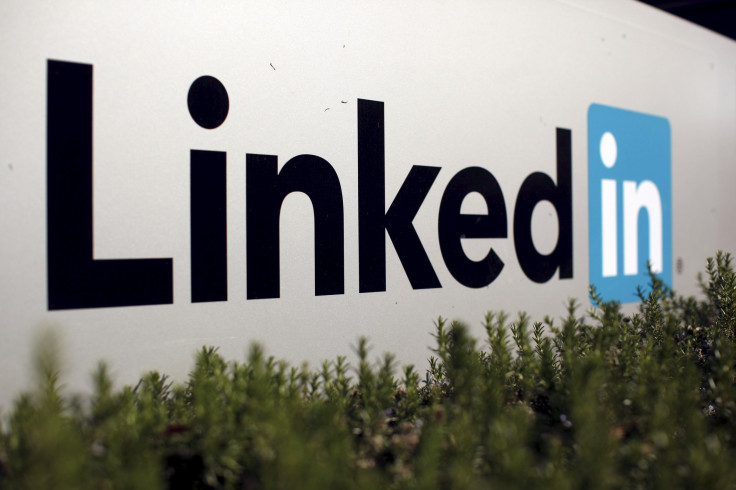Microsoft’s (MSFT) Offer For LinkedIn (LNKD) Pushed Up By Salesforce’s Competitive Bidding

Microsoft Corp. was forced to boost its offer for LinkedIn Corp. by 22 percent — roughly $5 billion, because of persistent bidding from Salesforce.com, a regulatory filing by the professional social networking site and reports showed.
Microsoft, the world’s largest software maker, agreed to buy LinkedIn last month for $26.2 billion —or $196 a share in cash, after two months of negotiations. Microsoft increased its offer from $182 a share earlier to $196 a share on June 11, after the other main bidder offered “approximately $200” a share for the company, the filing said.
Three other companies were also involved in the discussions according to the Securities and Exchange Commission filing by LinkedIn. Bloomberg reported, citing a person involved in the negotiations, that Facebook Inc. was one of these. However, the names were not officially released.
Microsoft and Salesforce, which the Wall Street Journal confirmed as what the filing called “Party A,” showed early interest in the process that got underway in February. On April 7, LinkedIn Chairman and co-founder Reid Hoffman told the CEO of “Party D” that the company was in play, however, the CEO expressed no interest in an acquisition. That was reported to be Facebook CEO Mark Zuckerberg. By early May, the other bidders had dropped out of the talks, the filing said.
The bid from Salesforce put pressure on Microsoft to boost its offer several times, even after LinkedIn entered an arrangement to negotiate with Microsoft exclusively. As Salesforce’s stock price climbed, LinkedIn executives pressed Microsoft for more money.
On June 10, Microsoft lifted its offer to $190 a share in cash — as compared to the $160 a share bid it had started with. Later that day, LinkedIn CEO Jeff Weiner told Microsoft CEO Satya Nadella that the board would support a bid for $196 a share in cash.
On June 11, Nadella agreed, and the companies signed a deal. Two days later, before the stock market opened, the companies announced the news.
© Copyright IBTimes 2025. All rights reserved.






















